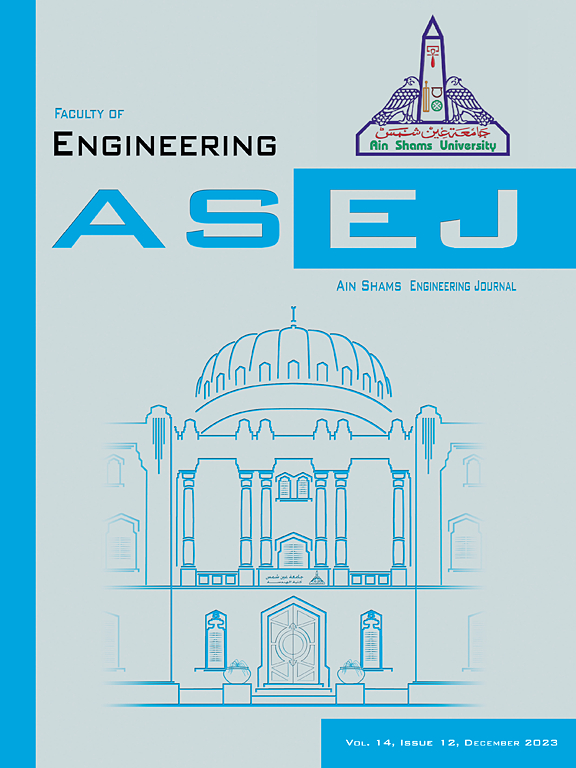CucuNetCNNs: Application of novel ensemble deep neural networks for classification of cucumber leaf disease
IF 6
2区 工程技术
Q1 ENGINEERING, MULTIDISCIPLINARY
引用次数: 0
Abstract
The accurate diagnosis of plant diseases is crucial for improving agricultural productivity and ensuring global food security. This study introduces an advanced approach to cucumber leaf disease classification by integrating novel deep learning methodologies. Two custom-designed convolutional neural networks (CucuNet-CNN1 and CucuNet-CNN2) are proposed, alongside pre-trained models such as InceptionResNetV2, EfficientNetV2M, and NASNetMobile, to classify various disease types. To enhance classification performance, an ensemble model (5-EnsCNNs) is developed, combining the strengths of these architectures. Additionally, a Spiking Neural Network (SNN), inspired by neuromorphic computing principles, is employed. Experimental results show that the SNN achieves a remarkable accuracy of 98.91 % in classifying six cucumber leaf diseases, surpassing the performance of individual and ensemble models. The integration of novel CNN architectures, ensemble strategies, and SNN-based methods represents a significant advancement in automated plant disease diagnosis, paving the way for more accurate and reliable agricultural diagnostics.
cucunetcnn:新型集成深度神经网络在黄瓜叶片病害分类中的应用
准确诊断植物病害对提高农业生产力和确保全球粮食安全至关重要。本文介绍了一种基于深度学习的黄瓜叶片病害分类方法。提出了两个定制的卷积神经网络(CucuNet-CNN1和CucuNet-CNN2),以及预训练模型(如InceptionResNetV2, EfficientNetV2M和NASNetMobile),以分类各种疾病类型。为了提高分类性能,开发了一个集成模型(5-EnsCNNs),结合了这些体系结构的优势。此外,还采用了受神经形态计算原理启发的峰值神经网络(SNN)。实验结果表明,SNN对6种黄瓜叶片病害的分类准确率达到了98.91%,超过了个体模型和集合模型。新颖的CNN架构、集成策略和基于snn的方法的集成代表了自动化植物疾病诊断的重大进步,为更准确和可靠的农业诊断铺平了道路。
本文章由计算机程序翻译,如有差异,请以英文原文为准。
求助全文
约1分钟内获得全文
求助全文
来源期刊

Ain Shams Engineering Journal
Engineering-General Engineering
CiteScore
10.80
自引率
13.30%
发文量
441
审稿时长
49 weeks
期刊介绍:
in Shams Engineering Journal is an international journal devoted to publication of peer reviewed original high-quality research papers and review papers in both traditional topics and those of emerging science and technology. Areas of both theoretical and fundamental interest as well as those concerning industrial applications, emerging instrumental techniques and those which have some practical application to an aspect of human endeavor, such as the preservation of the environment, health, waste disposal are welcome. The overall focus is on original and rigorous scientific research results which have generic significance.
Ain Shams Engineering Journal focuses upon aspects of mechanical engineering, electrical engineering, civil engineering, chemical engineering, petroleum engineering, environmental engineering, architectural and urban planning engineering. Papers in which knowledge from other disciplines is integrated with engineering are especially welcome like nanotechnology, material sciences, and computational methods as well as applied basic sciences: engineering mathematics, physics and chemistry.
 求助内容:
求助内容: 应助结果提醒方式:
应助结果提醒方式:


